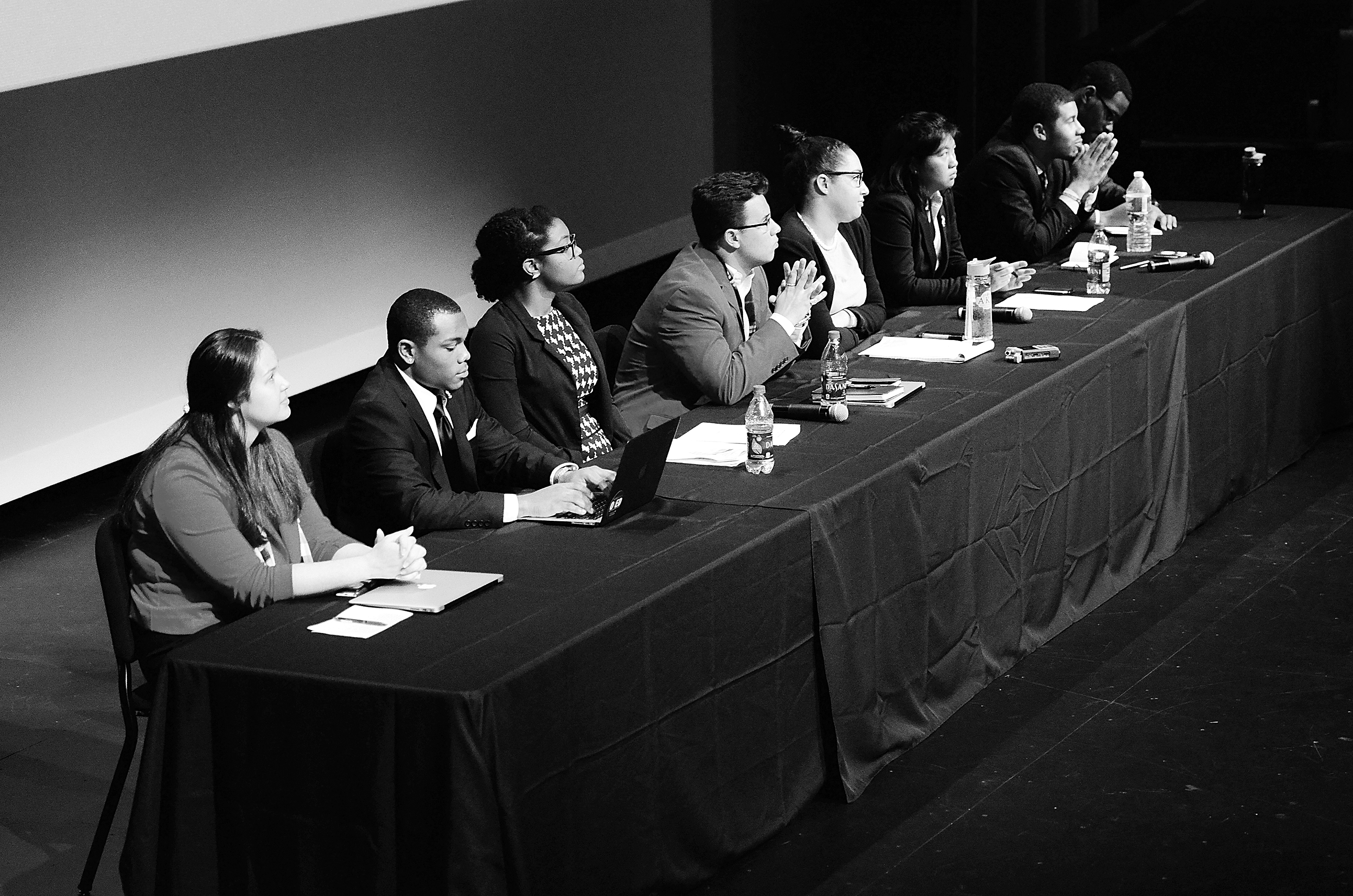By Kierra Leggett
In November of 1960, four years after the United States Supreme Court ruling in Brown vs. the Board of Education which made racial segregation in public schools unconstitutional, six-year-old Ruby Nell Bridges became the first African American student to attend William Frantz Elementary School in New Orleans, Louisiana. Following the Brown vs. the Board of Education
ruling, and Bridges’ integration into an all white elementary school, other schools around the nation began to follow suit. In 1976, in order to combat the racial separation taking place throughout schools in Raleigh, NC and the surrounding area, the predominantly black, Raleigh City Schools merged with the predominantly white, Wake County schools, thus forming what is presently known as Wake County Schools.
In an effort to scale back on the amount of time students spend being bused back and forth from school to their homes, and also costly bus routes, the Wake County School board voted in October of 2009 to cease busing in order to increase diversity. Many Wake County citizens were incensed by the outcome of this vote, and since then have been making their outrage known. In July of 2010, the NAACP organized a march in which 1000 people participated in protest of the move to end diversity busing. Those individuals that are against the move to end diversity busing, feel that it will ultimately reestablish segregated schools which in turn will result in severe inequalities.
An alumnus of the neighboring Guilford County School System, I side with those Wake County citizens who feel ending diversity busing is a step in the wrong direction. Once before American schools attempted to function on the doctrine of separate but equal, in which schools could be legally segregated so long as they were equal. Under this doctrine, states were required to make sure that educational programs were being allotted the same recourses in order to maintain equality in the quality of learning. Despite this, African American schools still suffered significantly often lacking the funding and resources that other white schools did not. It is my opinion that a return to the days of separate but equal education will only result in the same problems.
Many of the people in favor of the plan to end diversity busing are quick to affirm that Wake county schools would not be segregated by race, but rather by neighborhood. While this may be true, it doesn’t take a rocket scientist to realize that already, most neighborhoods are already segregated by race. The more affluent neighborhoods through the Wake County School District such as the Devon Subdivision located in North Raleigh where homes range from $900,000- $2 million are more heavily populated with well to do Caucasians where as the neighborhoods along the outskirts of downtown Raleigh and Section 8 housing is more populous with minorities. Therefore, if the school board were to go through with the plan to eliminate diversity busing, neighborhood schools would be not only racially segregated but also economically isolated as well. Schools located in the more affluent neighborhoods would have more resources to offer its students being that parents in these areas have more money to donate to the school, while schools in the poorer neighborhoods would be left to do without in instances.
In the fall of 2009 when I completed my application for admission into North Carolina State University, one of the central themes that continued to appear over and over again on the application was diversity, and its importance in today society. If Wake County Schools is to revert back to the practice of separate but equal in terms of education, how will students ever gain an appreciation for diversity and become educated citizens who value and are aware of the cultural, social, and economic differences throughout their community? With a society as diverse as the current American society, an appreciation of diversity is definitely important.



